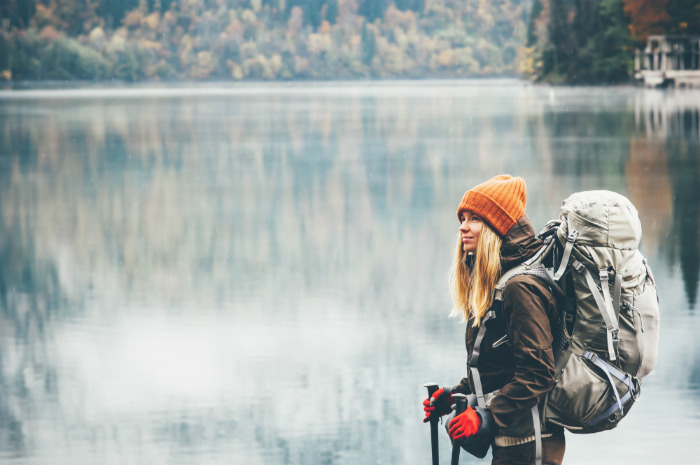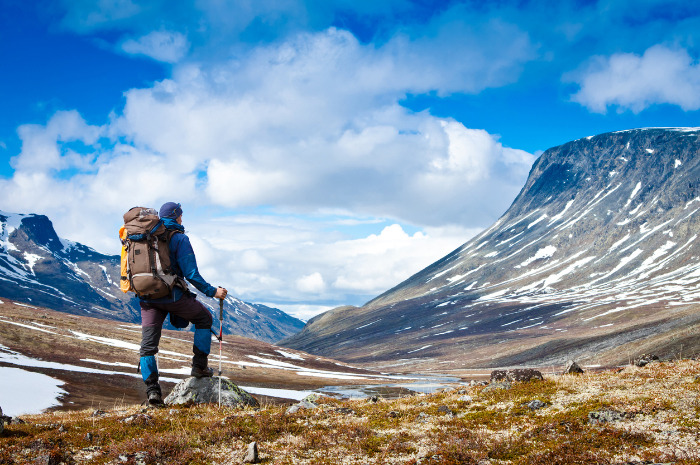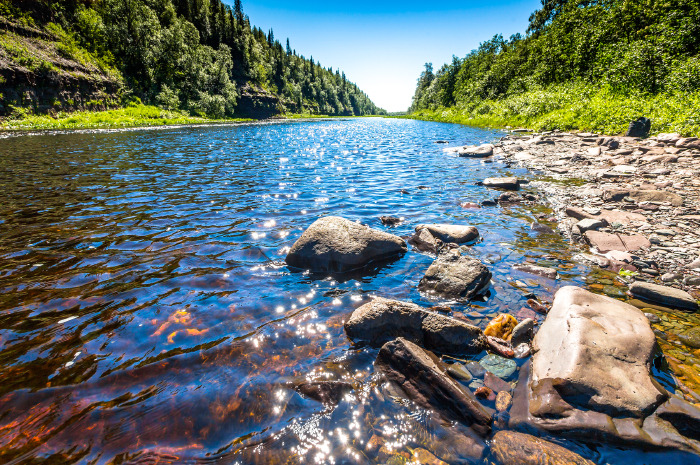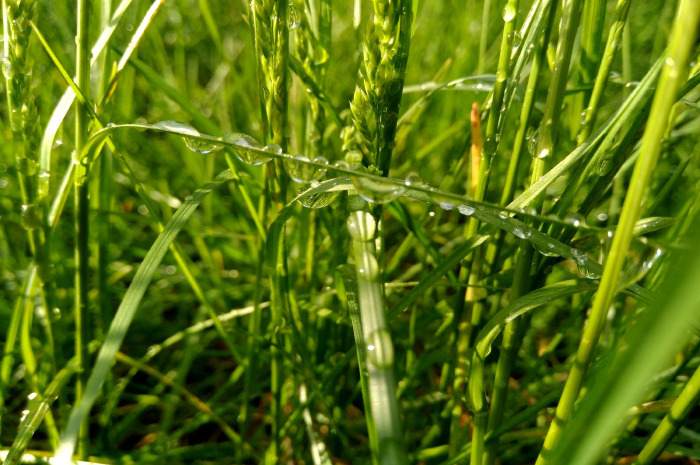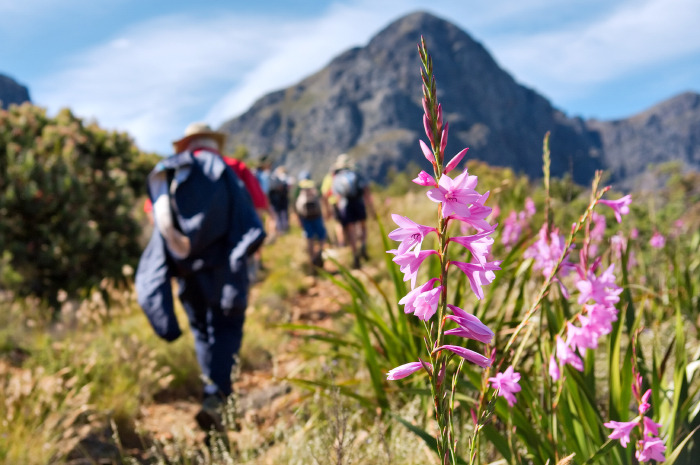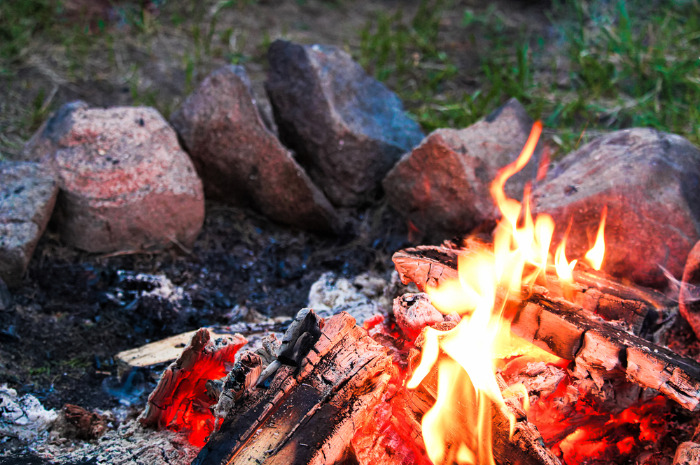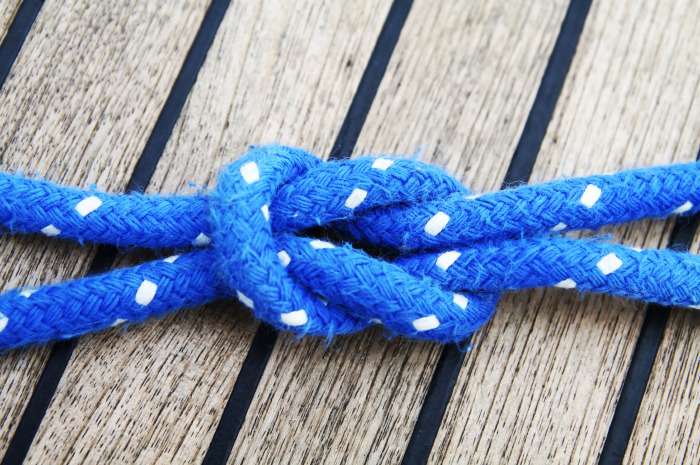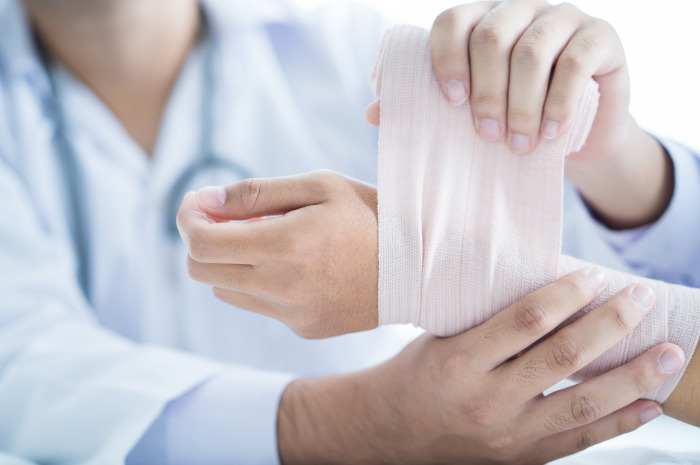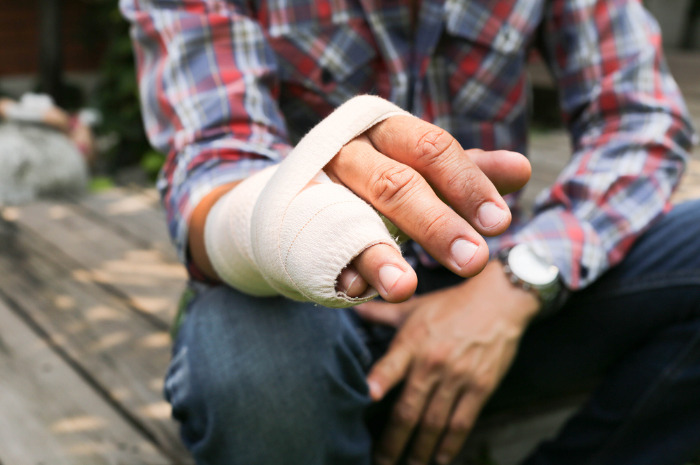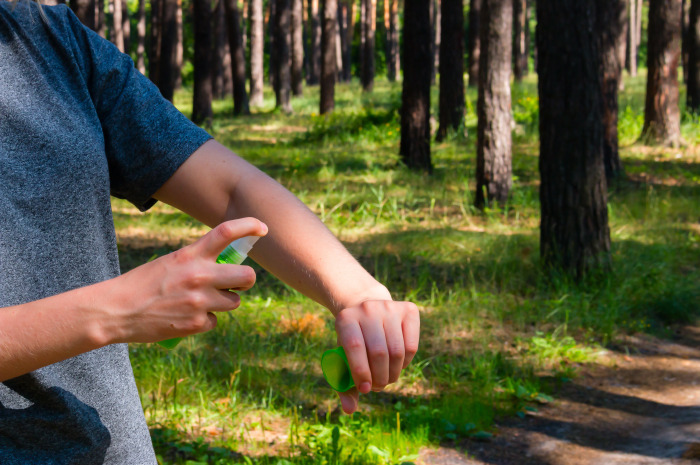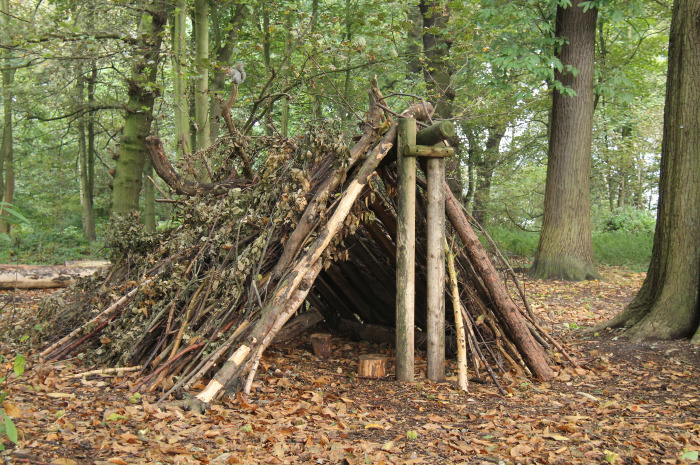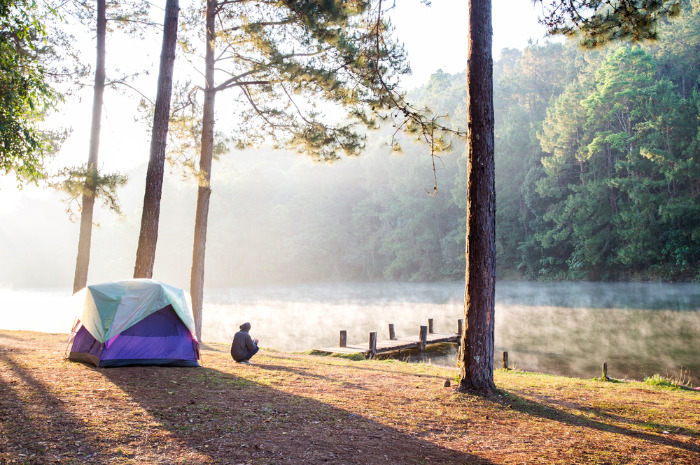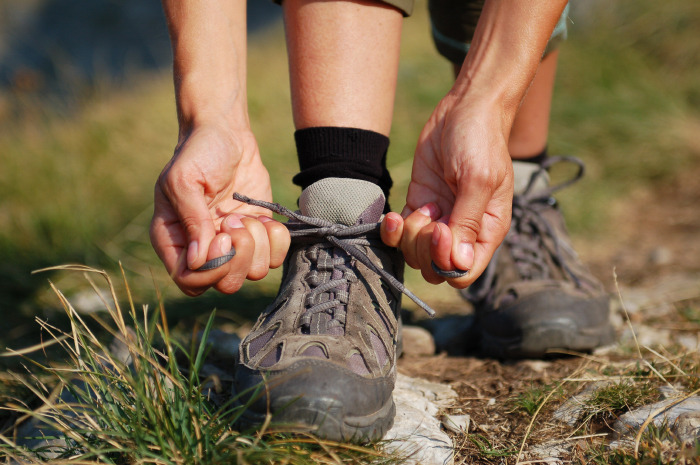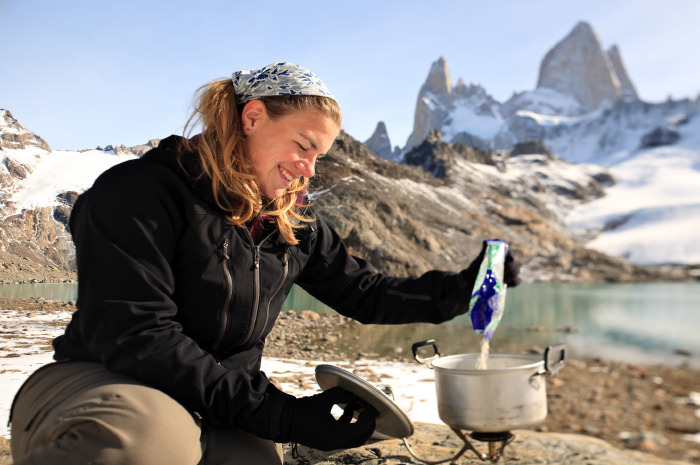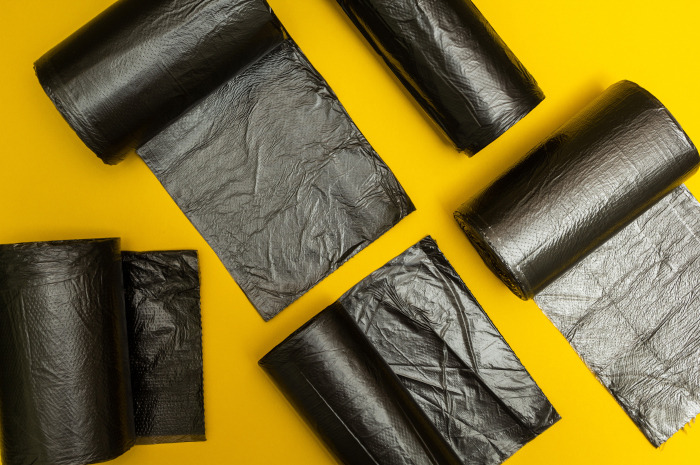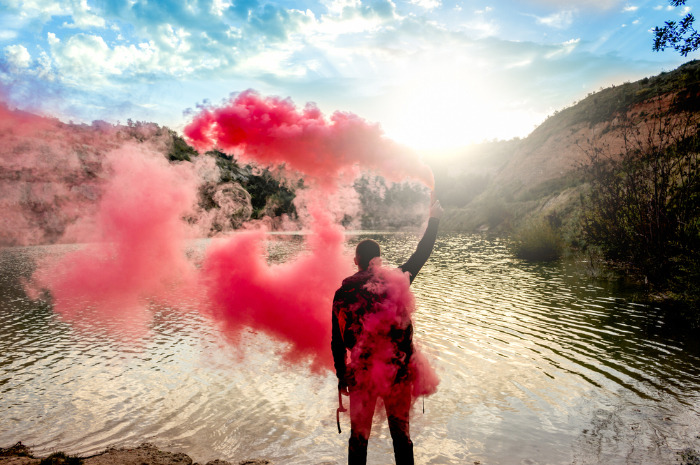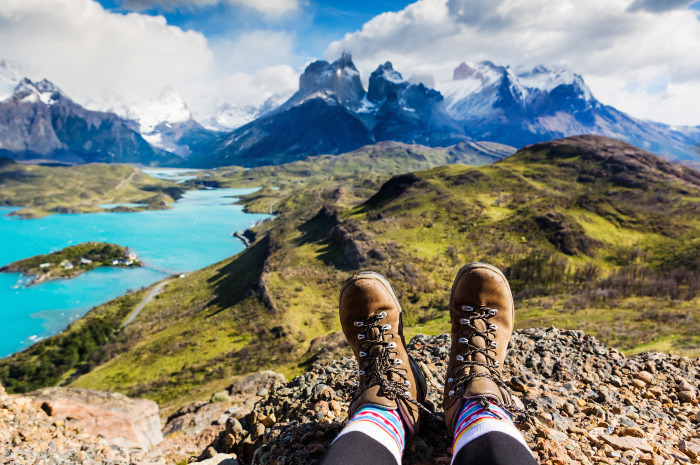Survival Skills Every Hiker Must Know
Spending time in the wilderness is one of the best ways to cope better with stress, feel happier and have more self-esteem, according to science. But connecting with nature is a challenging journey, which can become deadly if you don't know how to handle Mother Nature. Knowing a few survival tips in case you find yourself in a dangerous situation is highly recommended before you head out to the mountain. Don't think "it can't happen to you."
Use the sky for navigation
The sun is a useful reference for direction because it always follows a constant path. It always rises in the east and sets in the west. Sunrise and sunsets are easy but what about the rest of the day? Find a stick and put it in a flat level area and point the stick towards the sun so that there is no shadow, according to Maximum Survival. After a few minutes a shadow will appear in the direction of either east or west depending on the time of day.
Not all clear water is safe
Keeping a rolling boil going for 10 minutes should kill everything. However, make sure it's filtered as well first. Know how to clean water the right way. Running water is always best if collected in the wild. Items that can serve as filter are towels or shirts. Chemically contaminated water and stagnant dirty water won't be safe if only boiled.
Collect dew
The best time to gather dew is in the early morning before the sun has risen. The best possible places are fields and untreated lawns. Plants with large leaves like grape or burdock also work well, according to Tactical Intelligence. The basic way to collect dew is to take an absorbent material such as a cotton t-shirt or a lightweight towel and wipe it over grass, boulders, or other objects. Then just wring it out into a container.
Know what plants are edible
Remember that if you are hiking in a humid region most of the wild food will be in the sun; in a dry region most of the wild food will be near water. All grass is edible; anything shorter than six inches is easy to digest. Some edible plants you may not be aware of include dandelion, chickweed, wood sorrel, and cress. Look for berries on trees.
Know how to build a fire
Mobile phone batteries (creating a short between the positive and negative terminals to cause a spark) and shoe laces will help start fires too. Friction won't work if you are in a damp environment. To be on the safe side, always carry stormproof matches, a spark-rod, and a lighter. Know the wind direction and the surrounding area. You can use eyeglasses by spitting on the lens and using the lens to angle the sun at a pile of kindling.
And hot to tie a knot
Learn some basic knots i.e. bowline, clove hitch, slip knot. The bowline is, some may argue, the most useful. It will not slip when in use, and comes undone easily even after being tightened under thousands of pounds. It creates a loop at the end of a rope that cannot shrink or expand. You can watch directions on how to tie the knot here.
Setting a fractured wrist or ankle
Most of the time, you should do nothing for a crooked bone or displaced joint other than splint it as-is until you can get to a doctor, according to The Survival Doctor. Trying to move it around is likely to cause more damage. Make sure you have a good grip, pull in the same directional plane as the bone, don't jerk, and begin with a slow pull, and gradually pull harder.
Splint a broken arm
With a dislocated joint, you can let go after it's back in place and then splint it. In this case, the splint isn't to keep the bones in place as much as to protect the joint. After the bone pops out of place, very quickly, the muscles are back contracting, according to The Survival Doctor. Stretch out those muscles so the end of the one bone is beyond the end of the other in order to pop back into place and stay there.
Treat insect bites
Ideally you would have an insect repellent to spray. If not, find windy spots. If this is not an option, you can put mud on the exposed skin. Also, the oil in the rub flakes of birch bark is known to repel bugs. Keep in mind that mosquitoes like clothes that are damp or went and are dark, so know what not to wear. They are most active around sunrise and sunset.
Build a shelter
Get out of the sun, wind and rain, Scott Heffield, Bear Gryllls Survival School resident expert, says. These are the basics that should always be followed if you're in a dire situation. Get out of the sun to stay cool and hydrated for longer, keep covered to prevent evaporative sweat loss. If you have to move, do it in the mornings when it's chillier. Finding a shelter in the ground, as opposed to having a roof, is better. Always remember insulation.
Find water first, then food
You can survive three weeks without food but only around three days without water, Heffield says. "Every time you come across water, drink, fill, carry. When you feel thirsty, you are already dehydrated," he adds. Know your PRWF's: "Please Remember What's First" which is Protection, Rescue, Water and Food – this is the order of priority when in an extreme environment.
Socks and shoe laces
You can use socks as gloves. You can fill a sock with mud or wet clay, then wring out every drop of moisture and you have water; you can use socks to dress a wound; or put them over your boots for some traction to prevent slipping. Put rocks in socks and you have a weapon. Shoe laces will help with starting a fire if you don't have anything dry. At least bring several shoe laces with you. They won't take much room in your bag.
Bandana
You can use a bandana for protection from the sun and to keep your head warm when there is a chill. But did you know you can use it to filter the air? If you get stranded for several days, nights can be freezing. You don't want to breathe the cold, and possibly, dusty air.
Garbage bags
They can be a great way to stay warm. If you can't bring extra clothes, at least bring heavy duty plastic bags to wrap around you if it gets too cold. One advantage over clothes – garbage bags will keep you dry.
Signal distress
Do you know how to signal SOS? It's three dots, three dashes, and then three more dots again. Carry a whistle with you. During the worst-case scenario, a whistle will allow help to find you. Many ski and boarding backpacks, for example, come outfitted with a whistle. Another good way of letting people know you're in trouble is by starting a fire and creating black smoke. This can happen if you burn petroleum products.
Know the realistic threats
Most hikers spend too much time and energy worrying about the scary but low percentage threats like bears, mountain lions and poisonous snakes (granted, in some areas these are real threats, but...) and not enough time concerning themselves with the dull but common dangers like germs, blisters and hypothermia. Dramatic changes in weather when not prepared for it, water crossings when you can't swim or have the skills/equipment to cross safely, and overdependence on technology to save the day are far-greater concerns.
